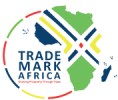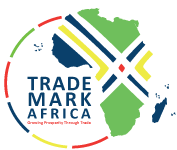THIRTY ninth Southern African Development Community (SADC) Summit ended yesterday, with the signing of three development cooperation programmes with the European Union (EU). The 47 million Euros deals for the period of five years are under the 11th European Development Fund (EDF). The programmes, which will be implemented by the SADC Secretariat are Support to Improving the Investment and Business Environment (SIBE), Trade Facilitation Programme (TFP) and Support to Industrialisation and Productive Sectors (SIPS). SADC Executive Secretary Dr Stergomena Tax signed the agreements on behalf of the community while EU was represented by its ambassador to Botswana and SADC Jan Sadek. According to Dr Tax, SIBE programme aims at achieving sustainable and inclusive growth and support job creation through transformation of the region into investment zone, promoting intraregional investments and Foreign Direct Investments (FDIs), with the focus on small and medium enterprises (SMEs). Trade Facilitation Progamme (TFP) will contribute to enhancing inclusive economic development in the SADC region through deepening regional economic integration. She said the SIPS programme aims at contributing to SADC industrialisation agenda, improving performance and growth of selected regional value chains and related services within the agroprocessing and pharmaceutical sectors. “The signing of the three programmes reflects an enduring partnership between SADC and EU towards enhancing SADC regional integration and social economic development, particularly at the time when SADC has committed to place industrialisation at the centre of regional integration,” Dr Tax said. According to Dr Tax, the programmes are interconnected and interdependent and collectively contribute to...
SADC Summit ends with 47 million Euro deal with EU
Posted on: August 21, 2019
Posted on: August 21, 2019















